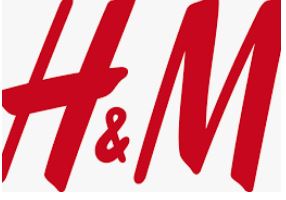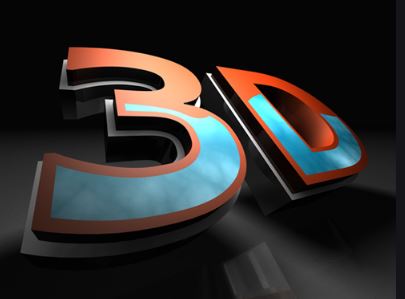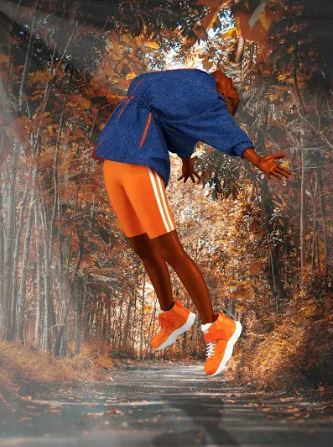3D Digital Design for the apparel industry
Let’s start off this discussion with a question. How many clothing samples (pre-consumer phase) is H&M estimated to create annually? Before any clothing is shipped to a store, samples need to be created to ensure fit, quality and to make absolutely certain the garment is perfect, before you press the button to mass manufacturer. All companies create samples of each garment before anything is actually ordered. For each garment made, a few samples have to be created. Quantity of samples range from about 4-10 depending how efficient the fashion house actually is.
So how many samples do you think H&M creates before creating their garments and getting them mass manufactured? Now before you answer, think about how many stores H&M has across this beautiful planet. That’s a whopping 5000 stores worldwide. So how many samples does H&M create annually?……. (try and do this calculation and rattle your brain to figure out somewhere close). Ok is it a, b, c or d?
a) 20,000 samples
b) 50,000 samples
c) 95,000 samples
d) over 200,000 samples

From our calculations, H&M – creates over 200,000 physical samples per year!
From our quick calculations, based on number of individual items available to purchase (not counting color variations) in March 2021 (in Canada) and rotation of collections per year, our estimated figure was over 200,000 samples per year! We took into account they must be efficient in sample requirements. But even so, they create over 200,000 samples per year!! Yikes. The numbers of individual items sold in different countries including the US, Russia, India and Norway for example are similar. It is presumed that some countries get special items that others don’t, and some countries get similar items. This 200,000 sample figure is representative of over 50 US tons of physical fabrics samples that are sent to the landfill or incinerator per year!! And that my friends is just an example of ONE COMPANY and the sample waste they create.

So how can a brand reduce this waste?
Simply put – 3D physical sampling. I don’t mean you will never create a physical sample again, but this technology will allow the industry to shave off a huge chunk of that waste created by physical (actual) samples! 3D Design is Fashion’s Future!
Digital design is materializing fast in the fashion and apparel industry. Three Dimensional Design is Fashion’s Future. It is a critical and integral piece of the puzzle. Large and small fashion houses are wanting to go digital with companies such as Adidas, Nike, Lululemon, Walmart, Puma, Nordstrom, New Balance, Target and PVH already on board. 3D Design not only helps to save money, but helps to improve a brands sustainability and circularity commitments.
So what is 3D Design exactly?
3D Design is making a photo-realistic design of a garment on a computer. Digital fashion is the visual representation of clothing built using 3D software and computer technology. 3D Design is Fashion’s Future.

Digital fashion garments can be sized and put on existing photographs which can then be uploaded to social media to showcase the new look.
3D Digital Design for the apparel industry will be an essential part to the Circular Fashion Economy. This is why Moda Circolare has made a choice to partner with Fantastic Studio of Fashion to create incredible 3D Designs for their clients.
Lizzy Cross, the Founder and CEO of Moda Circolare, a sustainable fashion consulting agency, explains, “The reason we chose to offer this sample making technology to our clients- is simply climate change”.
 The fashion and apparel industry initially thought that 3D photorealistic digital models of samples would not work. However, this is not the case. This 3D technology not only can create less of an actual physical sampling program (reduce your physical sampling by at least 60%), but can be utilized for many other parts of the business. 3D digital samples can be used in catalogues, tradeshows, virtual showrooms, social media and stakeholder surveys. 3D Digital Design for the apparel industry will make huge impacts on textile waste in the supply chain, reduce manufacturing lead times and thus help climate change. This technology will overall improve a brand’s sustainability and economic performance.
The fashion and apparel industry initially thought that 3D photorealistic digital models of samples would not work. However, this is not the case. This 3D technology not only can create less of an actual physical sampling program (reduce your physical sampling by at least 60%), but can be utilized for many other parts of the business. 3D digital samples can be used in catalogues, tradeshows, virtual showrooms, social media and stakeholder surveys. 3D Digital Design for the apparel industry will make huge impacts on textile waste in the supply chain, reduce manufacturing lead times and thus help climate change. This technology will overall improve a brand’s sustainability and economic performance.

3D Digital sampling is now unavoidable. 3D Design is Fashion’s Future and where the fashion industry is headed. If companies are interested in saving money, time and doing their part when it comes to climate change, it is a no brainer.
What are the Benefits to 3D Digital Sampling?
- This technique reduces the number of physical samples needed to go from concept to wholesale (60%)
- Reduce development and design time from 35%
- A reduction of 40-50% in fitting sessions
- Improved efficiency translates to improvement of communication between Supplier and Brand
- 3D designs can be used for design, line planning, virtual prototyping, virtual showrooms, catalogues and social media etc.
- Digitized samples do not have to be transported from country to country. This saves fuel and it’s subsequent emissions from transport (fuel and CO2 reductions)
- Because less actual “physical samples and prototypes” are being created, this reduces water use, fertilizers and pesticides, chemicals, wastewater creation, biodiversity disruption, energy use and subsequent CO2 emissions
- Saves physical samples from heading to the landfill or incinerator and reduces the use of virgin materials. Fabric use is minimized
Overall this technology creates less need for physical sampling programs, but also help climate change by reducing textile waste and energy use.
Overall, 3D Digital Design is a more efficient, sustainable way of designing and prototyping clothing.

If you have any questions at all with regards to sustainability or 3D Design, please do not hesitate to contact us.
Error: Contact form not found.


